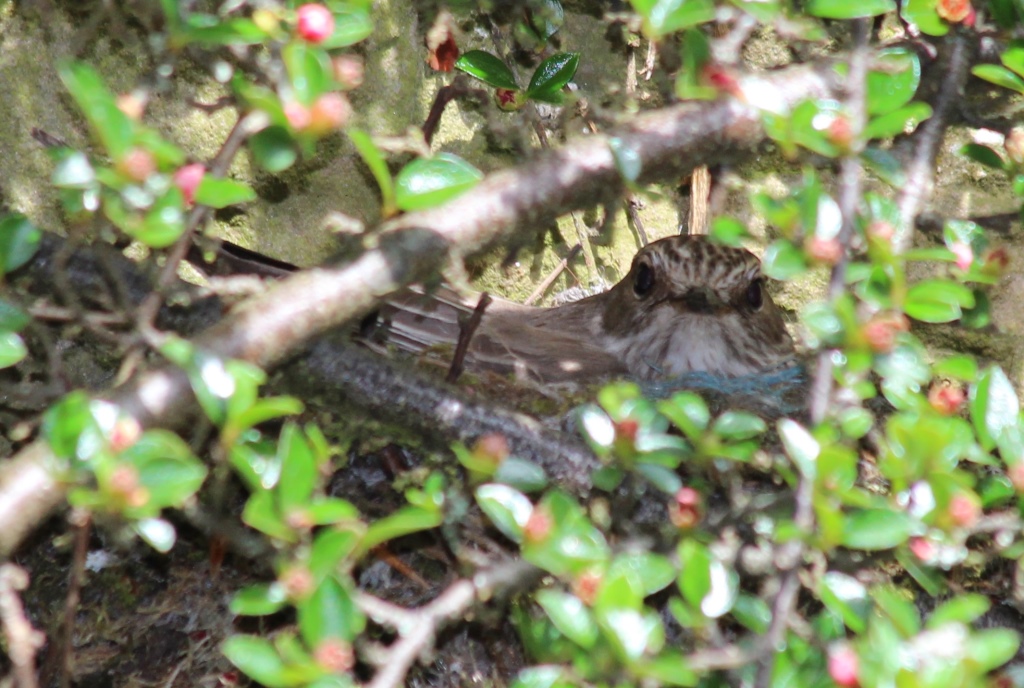Imagine running a marathon day after day. How about running six marathons a day for six weeks?! Well it may not be humanly possible, but as you walk to your local shop, to the allotments or playing fields, you could be in the presence of an animal that has done exactly that; the barn swallow.
Travelling over 6,500 miles from its wintering grounds in southern Africa: threading through ancient trees in the Congo rainforest, under the gaze of African grey parrots, lowland gorillas and forest elephants; slicing over the rolling dunes of the Sahara desert; catching midges amongst the olive groves of Morocco; through France, to finally beeline for the same British barn that it has nested in for the last ten years or more. Amazing!
But swallows aren’t the only long-distance journey-makers that have joined us this summer. The mature trees and gardens of the UK, the allotments, orchards, church and grave yard provide habitats for an array of wonderful birds. First come the chiffchaffs, willow warblers and blackcaps, then the barn swallows and house martins, soon followed by the spotted-flycatchers and the majestic ultimate acrobat of the sky, the common swift. All have travelled extraordinary distances to be with us.
If you wonder deeper into the countryside, you may come across other long-distance African migrants such as: the dapper common redstart with its red tail and dark head crowned with a line of ‘tipex’ picking caterpillars from an oak tree; a common white-throat scouring hedgerows for insects; hear the harbinger of Spring, a European cuckoo calling from rough grassland on the hills or watch the little brown-backed sand martins flitting under the bridge of a river.
The sights and sounds of these incredible birds full us with happiness, lacing our homes and countryside with vibrancy, heralding the seasons, creating a sense of continuity and rhythm in our lives. Yet many are declining, often due to a multitude of factors from: droughts in their wintering grounds, to persecution on migration, to lack of food as a result of pesticides, to lack of nesting sites due to barn conversions and the removal of mature trees.
Clearly we can’t solve all their problems, but we can help in many ways in our own homes. Allowing areas of lawn in our gardens and public spaces to grow up into rough grassland and tall herbs to provide insect food and wild flowers; digging ponds; planting orchards, native trees and shrubs; erecting nest boxes; growing nectar-rich plants; keeping cats inside and fitting bells to collars; establishing climbers, including ivy, which provide nesting and in the case of ivy, nectar for late flying insects and winter berries; avoiding pruning hedgerows, shrubs or clearing vegetation during the nesting season (March-August).
And it’s not just our birds that will benefit, but also our pollinators who are working our allotments, orchards and gardens; other wildlife such as hedgehogs, frogs and newts; our village micro-climate and above all us!
For more information see
